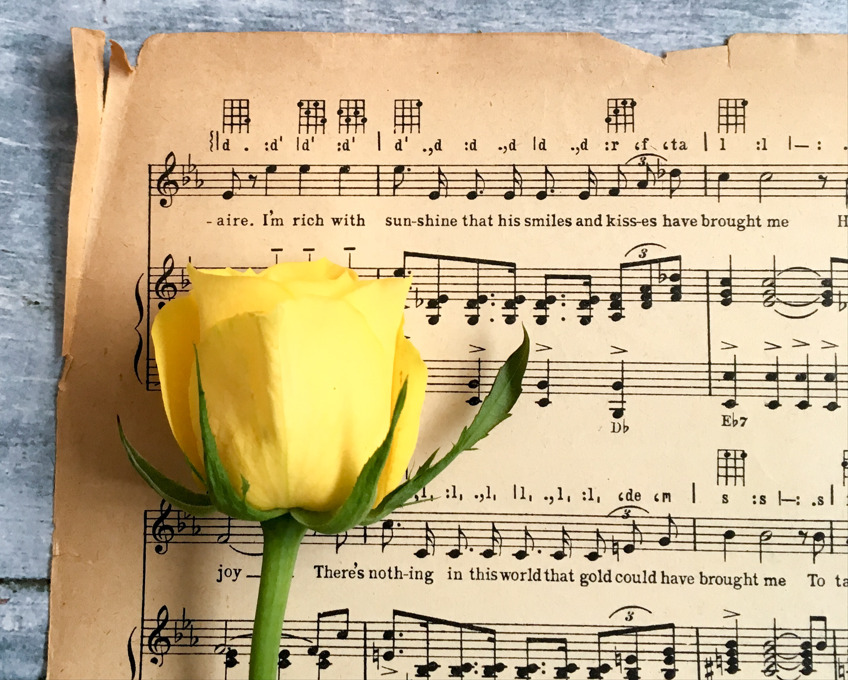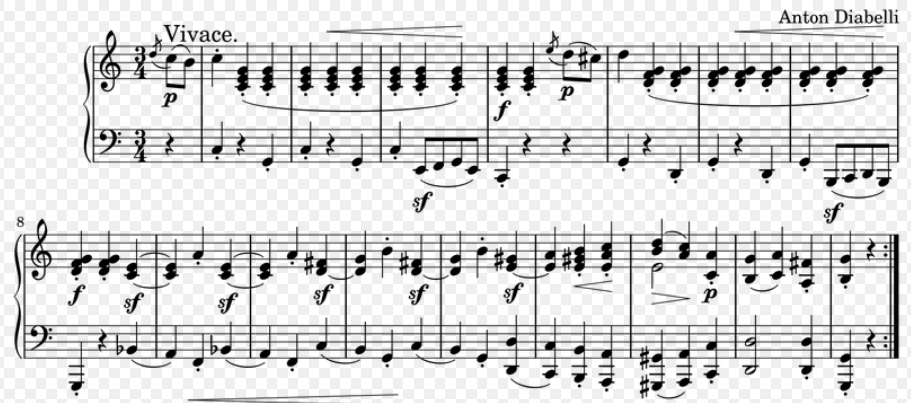What Is A Bar Of Music?

A bar of music is a unit of time in musical notation. It is used to organize the rhythm and tempo of a piece of music.
In Western music, a bar is typically made up of a specific number of beats, and each beat is divided into a specific number of pulses or subdivisions. The number of beats and pulses per bar are determined by the time signature of the piece of music. For example, in 4/4 time (also known as common time), there are typically four beats per bar and each beat is divided into four pulses or quarter notes.
Bars are often indicated in sheet music by vertical lines called bar lines. These lines are used to visually divide the music into sections, making it easier for the musician to read and perform the piece.

In addition to organizing the rhythm and tempo of a piece of music, bars are also used to indicate when to make specific musical changes, such as when to start or stop playing a particular instrument or when to change tempo. This helps the musicians in an ensemble stay together and play the piece in a cohesive manner.
Overall, a bar of music is an important concept in musical notation that is used to organize the rhythm and tempo of a piece of music. It helps musicians read and perform the music accurately and in a cohesive manner.


